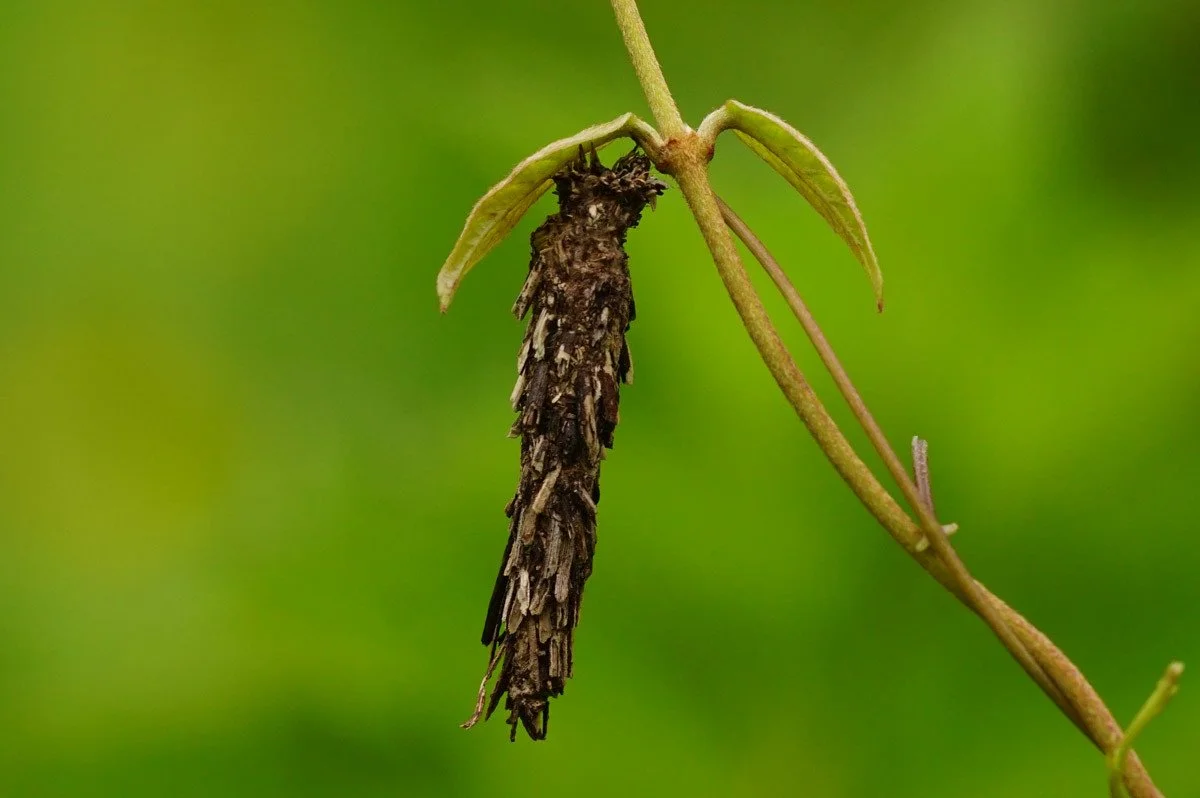Bagworm
The bagworm is a perennial insect pest of arborvitae, juniper, pine, spruce, and many other evergreen species. It also attacks certain deciduous trees such as black locust, honeylocust, and sycamore. The bagworm is most common in southern regions of Pennsylvania. Infestations have recently been noticed north of Interstate 80 in the state. The spread of the bagworm is slow since adult females are unable to fly. Their dispersal over wide areas occurs mainly through movement of infested nursery stock and ornamental plants, or by ballooning (wind dispersal) of small bagworm larvae during early June.Bagworm larvae injure plants when they feed on needles and leaves. Young caterpillars feed on the upper epidermis of host plants, sometimes leaving small holes in the foliage
Damage by mature larvae is especially destructive to evergreen plants. Trees such as sycamore, willow, and other deciduous trees, usually refoliate after an episode of heavy defoliation. Unfortunately, bagworm infestations generally go undetected until damage is complete, and the large bags constructed by this pest are very conspicuous. Early detection of an infestation requires careful examination of host plants for the presence of small bagworms attached to the leaves or needles.

